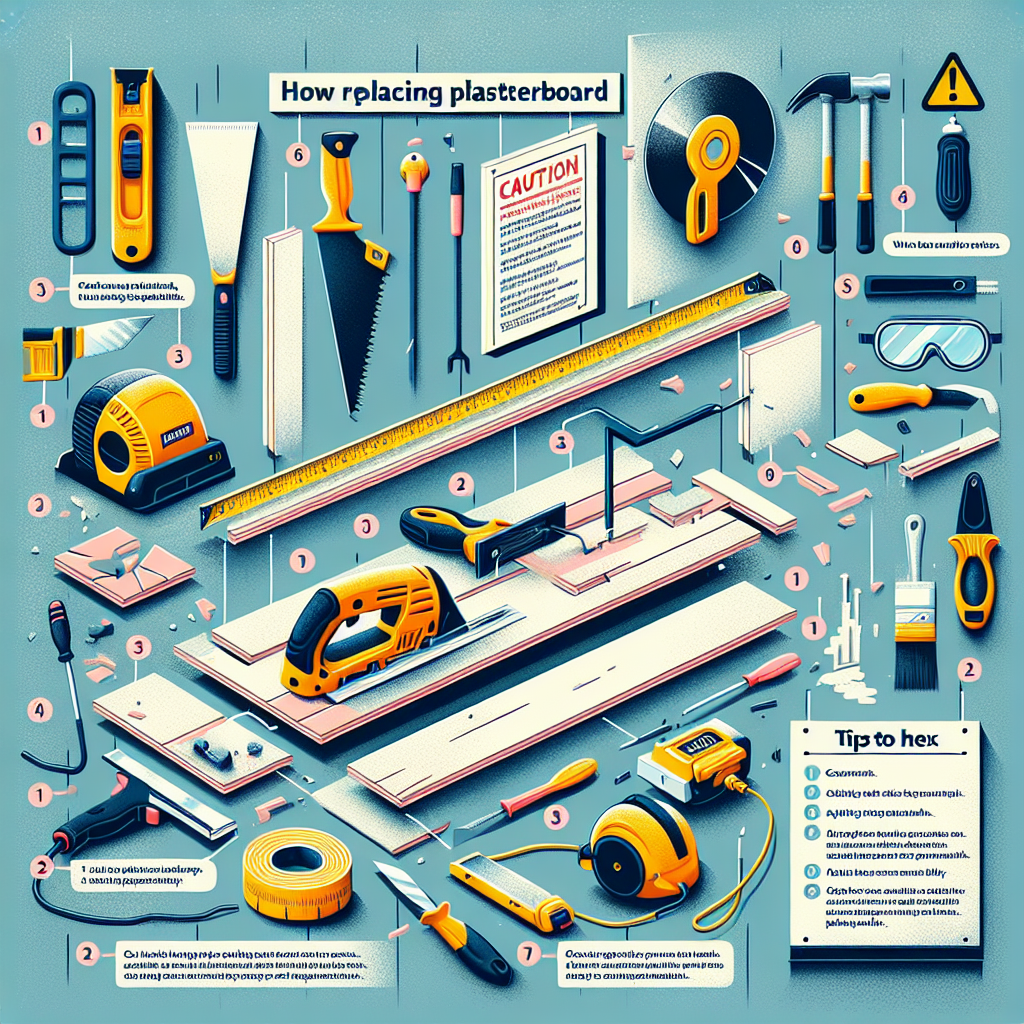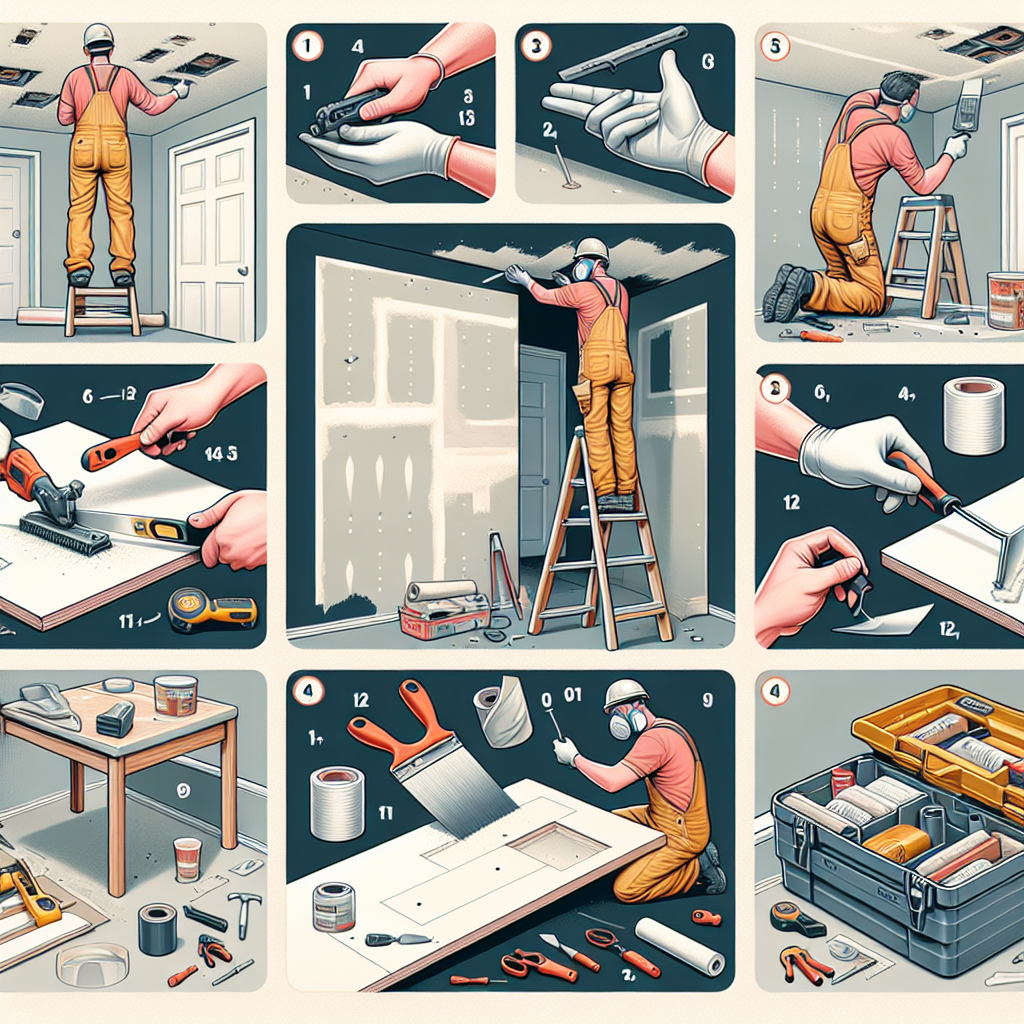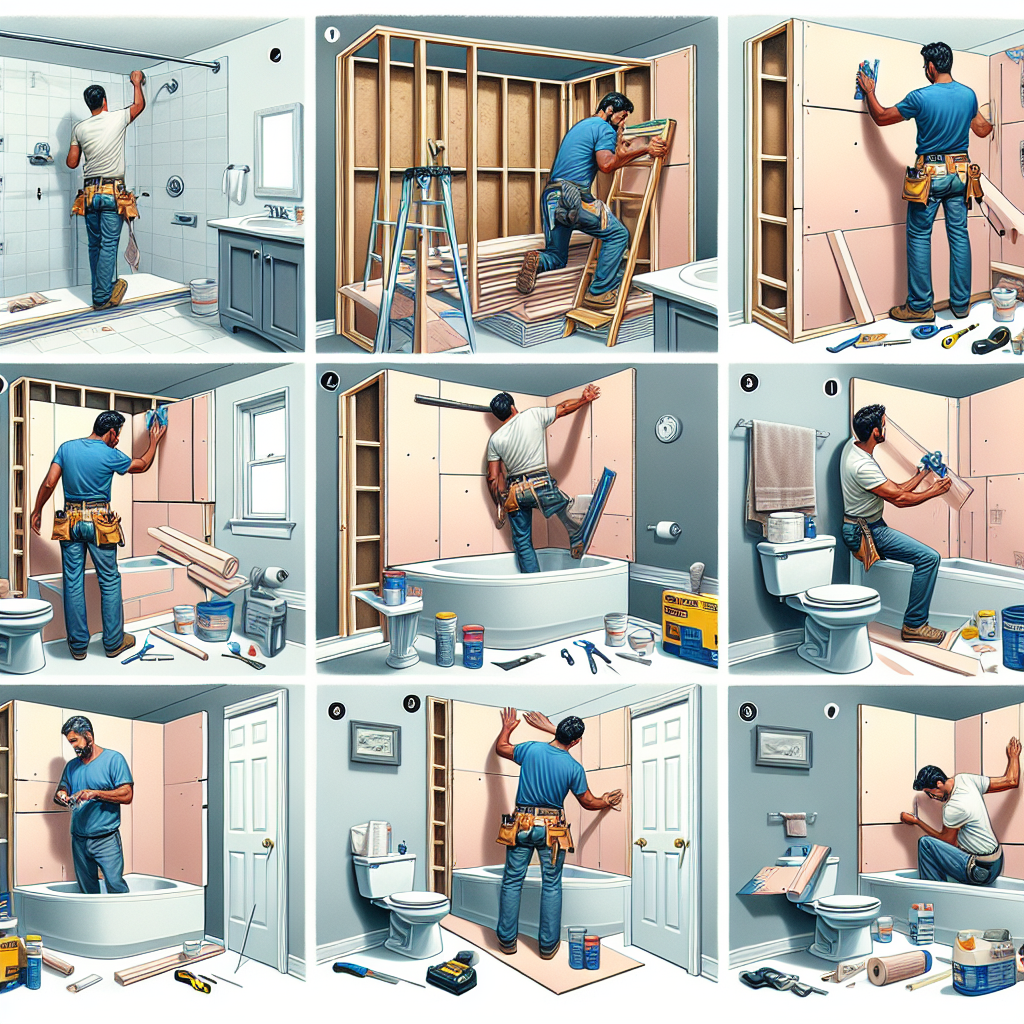Outdoor Kitchen Installation for Ultimate BBQ Experiences
Are you tired of cooking indoors while your friends and family enjoy the great outdoors? Do you dream of hosting the ultimate BBQ parties in your backyard? If so, it’s time to consider installing an outdoor kitchen. Not only will it enhance your cooking experience, but it will also create a fantastic space for entertaining. In this comprehensive guide, we will walk you through the step-by-step process of installing your very own outdoor kitchen. Get ready to transform your backyard into a culinary oasis!
Step 1: Planning and Design
Before you start building your outdoor kitchen, it’s crucial to plan and design the layout. Consider the available space, your cooking needs, and the overall aesthetic you want to achieve. Here are some key factors to consider:
- Location: Choose a spot that is easily accessible from your indoor kitchen and has proper ventilation.
- Layout: Determine the size and shape of your outdoor kitchen, keeping in mind the appliances and features you want to include.
- Appliances: Decide on the appliances you want to incorporate, such as a grill, sink, refrigerator, and storage cabinets.
- Materials: Select durable and weather-resistant materials for your countertops, cabinets, and flooring.
- Lighting and Utilities: Plan for adequate lighting and consider the need for electricity, gas, and water connections.
Once you have a clear vision of your outdoor kitchen, it’s time to move on to the next step.
Step 2: Gathering Materials and Tools
Now that you have a plan in place, it’s time to gather all the necessary materials and tools. Here’s a comprehensive list to get you started:
- Grill: Choose a high-quality grill that suits your cooking style and needs.
- Countertops: Opt for durable materials like granite, concrete, or stainless steel.
- Cabinets: Select weather-resistant cabinets that provide ample storage space.
- Sink: Install a sink with hot and cold water for easy cleanup.
- Refrigerator: Consider a compact refrigerator to keep your ingredients fresh and drinks cold.
- Lighting: Install outdoor lighting fixtures to create a warm and inviting ambiance.
- Utilities: Ensure you have the necessary connections for gas, water, and electricity.
- Tools: Gather a range of tools, including a drill, saw, level, tape measure, and screwdriver.
With all the materials and tools ready, it’s time to roll up your sleeves and start building!
Step 3: Building the Foundation
The foundation is the backbone of your outdoor kitchen, so it’s essential to build it correctly. Follow these steps:
- Mark the layout: Use stakes and string to mark the outline of your outdoor kitchen.
- Excavate the area: Dig a trench for the foundation, ensuring it is deep enough to accommodate the base materials.
- Add gravel and sand: Fill the trench with a layer of gravel followed by a layer of sand, ensuring proper compaction.
- Lay the concrete blocks: Start laying the concrete blocks, ensuring they are level and properly aligned.
- Secure the blocks: Use mortar to secure the blocks together, creating a sturdy foundation.
- Check for levelness: Use a level to ensure the foundation is perfectly level in all directions.
Once the foundation is complete, it’s time to move on to the next step.
Step 4: Installing the Appliances
Now that you have a solid foundation, it’s time to install the appliances and fixtures. Follow these steps:
- Install the grill: Place the grill in the designated area and connect it to the gas line or propane tank.
- Mount the sink: Install the sink in the countertop and connect it to the water supply and drain.
- Set up the refrigerator: Position the refrigerator in the desired location and plug it into an electrical outlet.
- Mount the cabinets: Attach the cabinets to the walls, ensuring they are level and securely fastened.
- Connect utilities: Install the necessary gas, water, and electrical connections for the appliances.
- Test everything: Before moving on, test all the appliances and fixtures to ensure they are functioning correctly.
With the appliances in place, it’s time to add the finishing touches.
Step 5: Adding the Finishing Touches
Now that your outdoor kitchen is taking shape, it’s time to add the finishing touches. Here are some ideas to consider:
- Countertop Sealing: Apply a sealant to your countertops to protect them from stains and weather damage.
- Backsplash: Install a stylish backsplash to add a touch of elegance and protect the walls from splatters.
- Outdoor Furniture: Add comfortable seating and dining options to create a cozy and inviting space.
- Decorative Elements: Incorporate plants, artwork, and other decorative elements to personalize your outdoor kitchen.
- Outdoor Lighting: Install additional lighting fixtures to enhance the ambiance and extend your cooking hours.
With the finishing touches complete, step back and admire your newly installed outdoor kitchen.
Step 6: Maintenance and Care
Now that your outdoor kitchen is complete, it’s essential to maintain and care for it properly. Here are some tips:
- Clean regularly: Keep your outdoor kitchen clean by wiping down surfaces and cleaning the appliances regularly.
- Protect from the elements: Use covers or store your appliances indoors during harsh weather conditions.
- Check for leaks: Regularly inspect the gas, water, and electrical connections for any leaks or damage.
- Seal countertops: Reapply a sealant to your countertops periodically to maintain their durability and appearance.
- Winterize: If you live in a cold climate, winterize your outdoor kitchen by draining water lines and protecting appliances.
By following these maintenance tips, your outdoor kitchen will continue to provide you with ultimate BBQ experiences for years to come.
Conclusion
Installing an outdoor kitchen is a rewarding DIY project that will elevate your BBQ experiences to new heights. By carefully planning, gathering the necessary materials, and following the step-by-step instructions, you can create






